Can using a thermometer improve the way your steak turns out Plus using force gauges for manual handling?
Can using a thermometer improve the way your steak turns out Plus using force gauges for manual handling? |
Can using a thermometer improve the way your steak turns out?This month we are going to determine whether or not the use of a thermometer can improve how well your steak is cooked by using three different methods and then seeing which one turns out to our ideal taste (Medium Rare!). Are you concerned about injuries within your workplace from poor manual handling?Well this month we are covering off on where manual handling is important, why it is important and the steps you can take to improve your workplace. | |
 Does using a meat thermometer mean your steak will turn out perfectly?There is a lot of information out there when it comes to cooking the perfect steak. Some people maintain that all you need is a timer and you can get perfectly cooked steak, others maintain that you can tell when a steak is cooked by how soft it feels, whilst others maintain that you need to measure the core temperature of the steak to know when to take it off the heat. In this month’s experiment we are going to compare all three methods and see how consistent the results are for cooking a steak medium rare. | |
Equipment
Method The Instrument Choice BBQ was preheated and the steaks were allowed to sit until they came to room temperature, the Testo 830 T1 was used to confirm that the BBQ was preheated and that the steaks were at room temperature. We cooked three steaks in 3 different ways using one of the following methods: Method 1 – Finger Test The steak was put on the BBQ and cooked until juices began to appear on the top. It was then flipped and the texture of the steak was checked by pushing with a finger. This was then compared with the thumb and middle finger test as per the following picture: 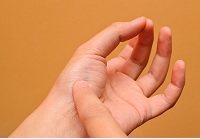 Figure 1: Finger test showing test for medium rare Method 2 – Thermometer Prior to cooking, a sanitised food 0560-1113 thermometer was inserted longways into the steak. Like method one, the steak was put on the BBQ and cooked until juices began to appear on the top. At this point, the steak was flipped and the steak was continued to be cooked until the internal temperature reached 55C which is the lower limit for “medium-rare” 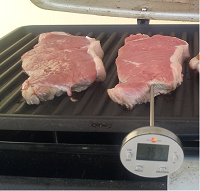 Figure 2: Meat thermometer inserted into steak prior to flipping Method 3 – Timer The steak was put on the BBQ and a timer was started. The steak was cooked for 4 minutes on one side and then flipped and cooked for 4 minutes on the other side. For all three methods the steaks were rested for 5 minutes after cooking. Results The results were all very close and remarkably consistent between the three methods. All steaks came out medium rare, although the finger test and the timer steaks came out a little bit more cooked than the thermometer method. It is worth mentioning that our steaks were about 2cm thick and for a thicker steak the results may have been different if we had used the timer method. We also found that the finger method was quite subjective, and it was hard to tell exactly when it was as firm as our thumb. In regards to the thermometer method, the key was to make sure that the thermometer was well inserted and in the thickest part of the steak and clear of any fat or gristle. | |
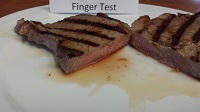 Figure 3: Finger test representing the level of doneness | 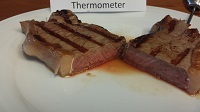 Figure 4: Level of doneness for thermometer |
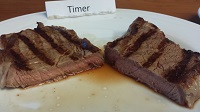 Figure 5: Level of doneness for the timer | |
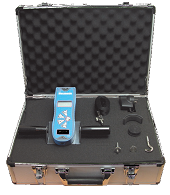 Investigating Manual Handling within your workplace!What is manual handling and who does it affect?Manual handling affects all work places and industries and has the potential to create serious ergonomic hazards to those involved if safe manual handling procedures are not followed. Manual handling is a term used to describe any activity that requires the use of force exerted by a person to lift, carry, lower, push, pull, move or hold any item. It also includes any work which involves a repetitive activity, sustained muscle exertion or a fixed posture. Where is manual handling important?Manual handling is important in all workplaces, this is because almost all employees are at one time or another required to lift or carry a load. However, manual handling is not limited to lifting or carrying a load, it also includes pulling, pushing, holding or restraining and the object can be anything from pulling open a door, to restraining an animal or something as simple as a pushing a trolley. How do you go about assessing the risks?A walk through of your workplace is the first step in assessing risk. Looking for the following risk factors will assist in identifying potential risk of injury:
Tasks such as pulling, pushing, lifting and rotating (twist and turn) can all be assessed through the measurement of the force required to undertake the task. We have a number of kits on our website that are specifically designed to assist in undertaking these measurements. These kits are designed to measure the force used in physically demanding tasks, as well as the capacity of personnel to perform operational tasks which require personnel to exert physical force to push, pull, lift, carry or use repetitive rotational movements day-to-day. The kits can be viewed on our website here and we offer analogue, digital and deluxe digital kits that include all the necessary accessories to undertake the investigations. Are you able to quantify the risk?Once risks have been identified within a workplace there are several things that can be implemented in order to reduce the risk of injury. These can include:
If you would like to discuss the kits that we have available to assist you in undertaking manual handling investigations please feel free to contact one of our friendly Scientists via email or phone on 1300 737 871. | |
